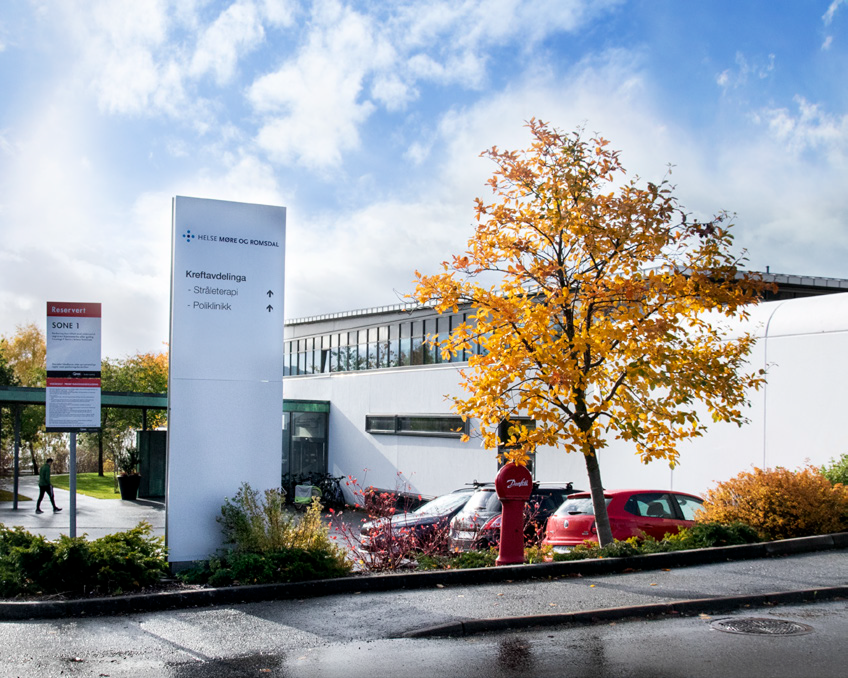Being able to use RayStation programmatically like this, with the built-in scripting feature, we are able to replace a surprisingly large number of manual tasks with automation. By making just a few selections in our scripts, everything is set up and, in many cases, we can get a decently optimized treatment plan from the get-go. This feels like having a flying start to the treatment planning process.”

Case study: Ålesund Hospital, Norway
EFFICIENT CARE THROUGH THE IMPLEMENTATION OF VMAT AND SCRIPTING WITH RAYSTATION
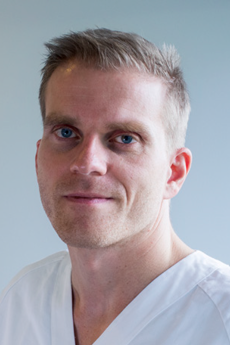
Since its establishment in 2003, the cancer clinic at Ålesund Hospital has been dedicated to working towards its vision to provide the best possible care to its patients. To achieve this, the clinic strives to be innovative and technology-friendly, always being in the forefront and evaluating new equipment.
In 2014, the clinic was in the process of replacing its linacs, and it was decided to also put out a tender for the treatment planning system (TPS). The clinic decided on two Elekta Versa HD linacs and RayStation won the tender as the sole TPS.
“It was a hard choice regarding the linacs, but the choice of TPS wasn’t nearly as difficult. RayStation was a clear winner. Its impressive functionalities made it stand out from the other systems, especially with its capabilities for VMAT, which we were eager to start with”, says Nils Skottner, dosimetrist.
High expectations for RayStation
The installation and implementation were impressively fast. Within two months oncologists were using RayStation exclusively for structure definition, and within a few more months the center was doing all its treatment planning in RayStation. Christoffer Lervåg, medical physicist, says it all went surprisingly well.
“Everyone showed a great deal of enthusiasm and excitement. RayStation was a promising system and we were very eager to start using it. The enthusiasm coupled with RayStation’s intuitive user interface translated into an impressively painless staff training. With the technical aspects of RayStation, like beam modelling, QA preparation and measurements succeeding as well, we were on track for a very smooth rollout”, he says.
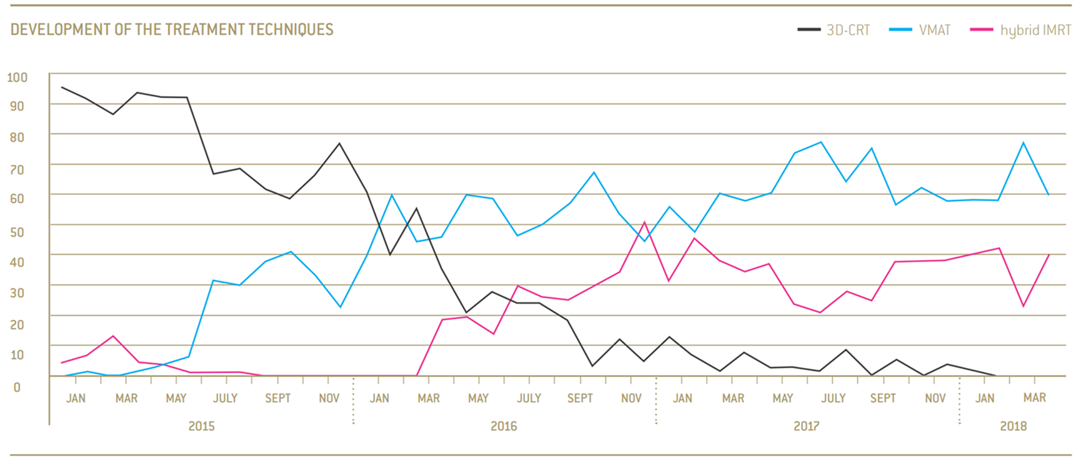
Expectations were sky-high when implementing the system, Nils Skottner says, based on other users’ experiences of the system and previous product demonstrations. Christoffer Lervåg agrees and explains that the expectation was “to have a modern TPS with an intuitive user interface and powerful treatment planning features allowing us to treat with VMAT on a large scale”.
The possibility to start treating patients with VMAT was a key specification during the tender. The center still uses conventional treatment by the hybrid IMRT technique, but significantly less and mainly for cases of breast cancer. Around a year after implementing VMAT, half of all treatments were made using the treatment technique. The figure has since risen to around 70 percent, while remaining treatments are done with hybrid IMRT.
Four years after the implementation of RayStation, Christoffer Lervåg says that it has not only met the expectations but exceeded them.
“RayStation is such an efficient tool, it is way faster than anything we’ve experienced before. Furthermore, the system is very intuitive and easy-to-use, and I don’t need to spend a lot of time to understand it. RayStation is a pleasure to work with. It is also a satisfaction to see that we get near perfect validation on our QAs for VMAT”, Christoffer Lervåg says.
Scripting improves efficiency
Besides being able to use a broader range of treatment planning techniques, the clinicians at Ålesund Hospital cancer center discovered several efficiency improvements while implementing RayStation. Faster calculations and optimizations, as well as better workflow, are just a few advantages that spare precious time.
The possibility to build their own templates, protocols and scripts has been a huge time-saver, Christoffer Lervåg says. The time the team saved on planning by using protocols has been used to increase plan quality as well as facilitating development work, including scripting. The first script was a treatment plan quality control script, designed to discover and eliminate errors at an early stage of treatment planning. A second script was designed to setup target volumes and organs at risk (OAR). The final script, to complete the treatment planning process, sets up all plan parameters, including beams, objectives and clinical goals. Not having to enter everything manually at each treatment saves a lot of time for the clinicians and ensures consistency in treatment planning.
“Being able to use RayStation programmatically like this, with the built-in scripting feature, we are able to replace a surprisingly large number of manual tasks with automation. By making just a few selections in our scripts, everything is set up and, in many cases, we can get a decently optimized treatment plan from the get-go. This feels like having a flying start to the treatment planning process. Freeing up time from tedious, manual tasks allows us to put more effort into the creative part of treatment planning–ensuring that the patient receives an optimal treatment plan”, he says.
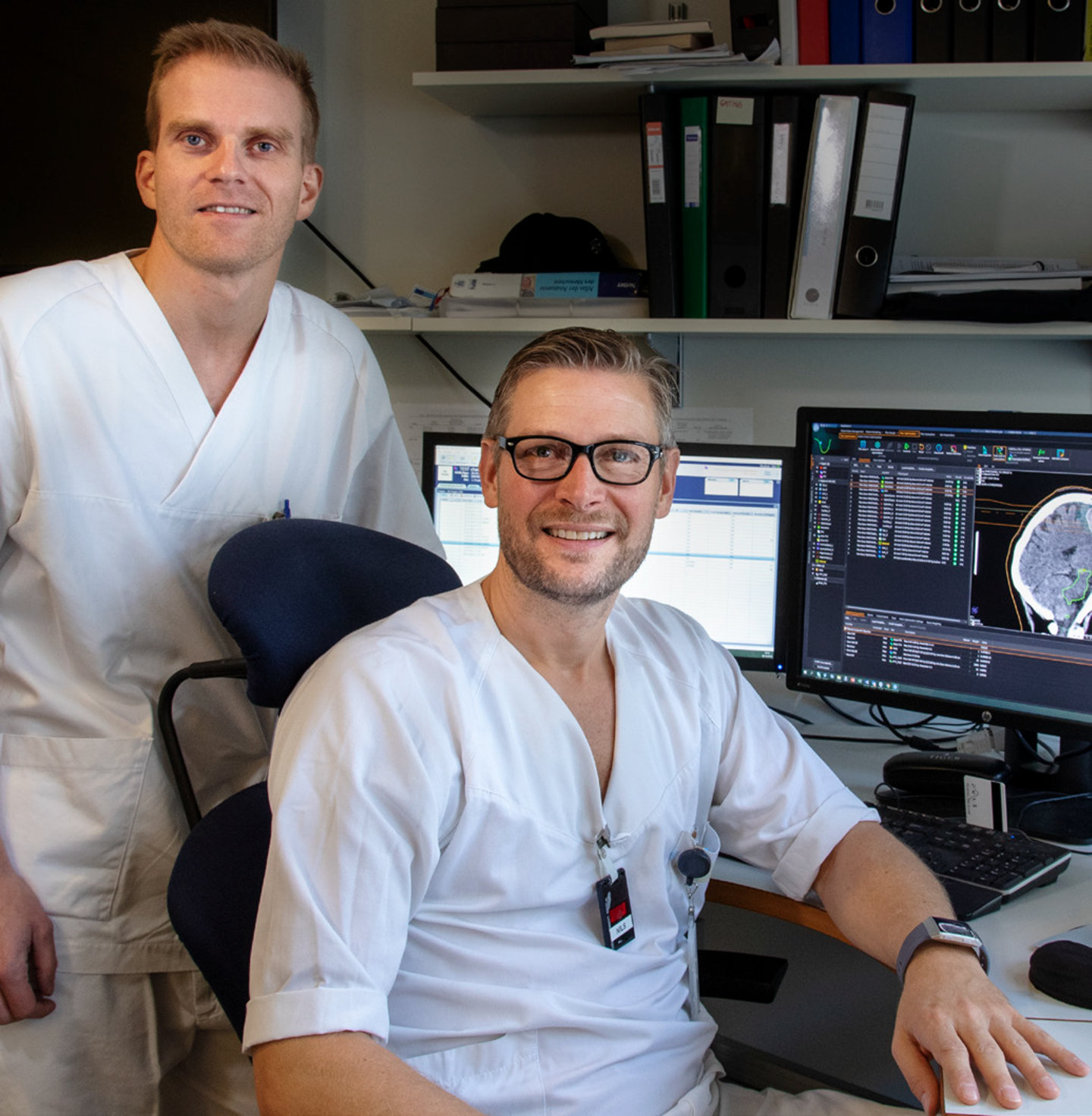
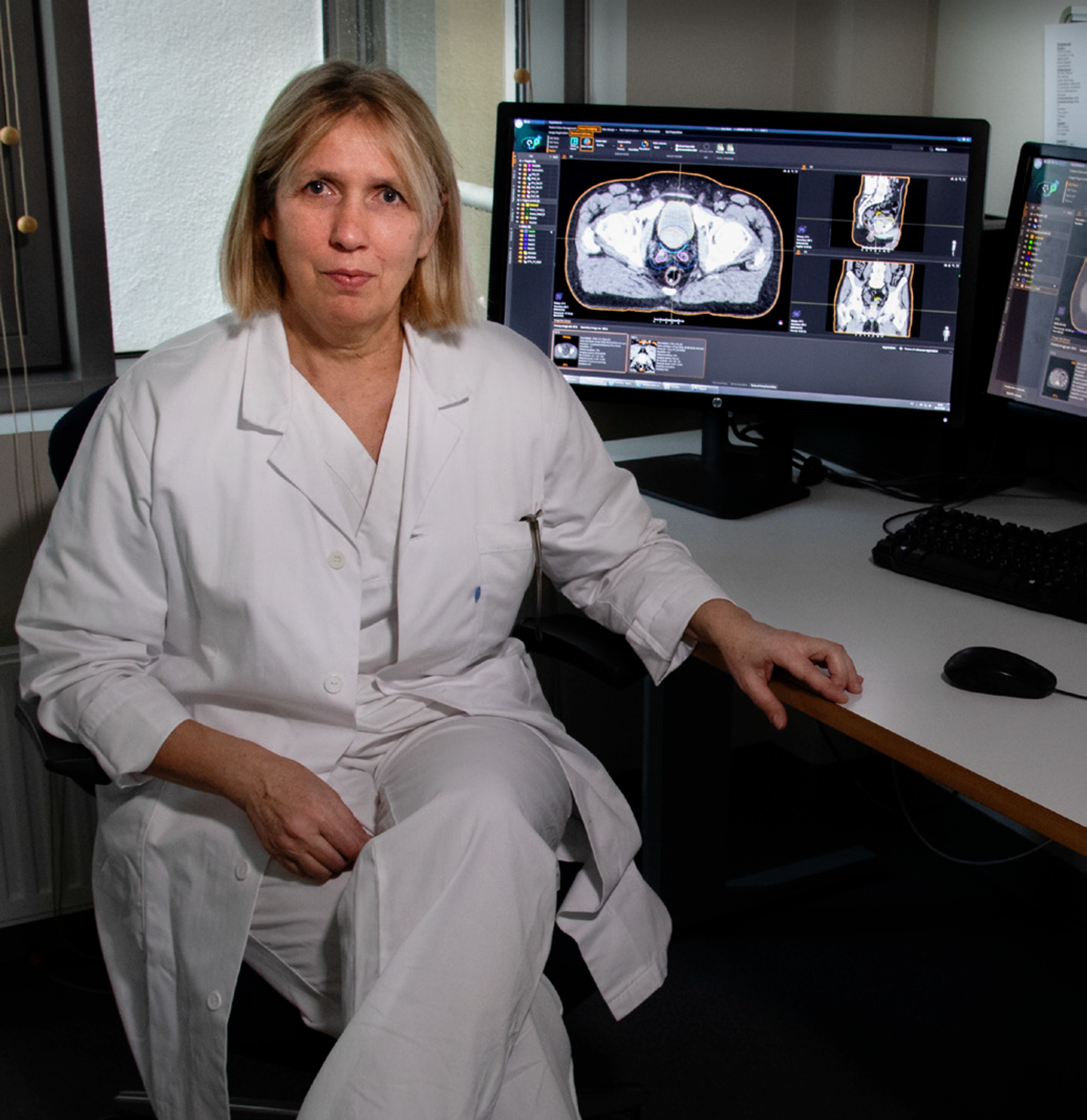
What to do with the extra time
Tatiana Abramova, radiation oncologist, says she liked RayStation from the start–mainly because of the contouring tools.
“After trying RayStation for the first time, I knew I could never go back to another TPS. I’ve been a radiation oncologist for quite a long time, and I’ve never seen anything like this. I can easily evaluate treatment plans, discuss with colleagues and consider different kinds of treatments. The automated features in RayStation are outstanding. The time that I save, I can use with my patients instead. This is what matters the most, to be able to spend those extra minutes with my patients”, she says.
“The time saved is spent on development, making the plans even better in quality, especially on the more difficult cases. These are features we didn’t have before. It helps us getting better for every day. However, it is important that we always thoroughly review the outcome, whether it has been manually or automatically derived”, Nils Skottner says.
The future of oncology
After a few years with RayStation, the clinicians at Ålesund Hospital are exploring adaptive radiotherapy and future developments brought by machine learning and artificial intelligence within oncology.
“Artificial intelligence and machine learning can enable us to do organ contouring in most cases, maybe even target definition*. Machine learning can complement human treatment planners by delivering a consistent quality on routine plans, enabling treatment planners to focus more attention and resources on the difficult cases in the pursuit of ever-increasing quality”, Christoffer Lervåg says.
Another aspiration is to explore the next generation oncology information system (OIS) RayCare in the future, he says.
“I want to have the whole process in one system, and to move towards online adaptive care. At Ålesund, we try to stay at the forefront of technology. The next barrier to break is to be able to have a smooth and efficient adaptive workflow, where we can deliver an adapted plan right away. That’s a holy grail of radiation therapy and this is what excites me most about the future.”
*Regulatory clearance required in some markets
SCRIPT SUMMARIES
Structure Definition Script
Objective:
Easily manage general updates.
Script Highlights:
- Opens dialogue box for selection of treatment site and scenario
- Creates empty target ROI’s
- Derives CTV/PTV automatically
- Creates External and places Couch automatically
- Creates OAR’s using MBS or empty OAR ROI’s
Planning Script
Objective:
Efficiency through automation and higher level of consistency.
Script Highlights:
- Intelligently places the isocenter
- Automatically creates optimization volumes
- Converts Clinical goals to other fractionations using EQD2 calculations
- Avoids conflicting objectives when OAR is too close to target
- Creates plans of multiple techniques depending on user specified protocols
- Allows user to specify preferences in dialogue boxes
Treatment Plan Quality Control Script
Objective:
To ensure clinically good, deliverable and efficient plans by early detection of errors.
Script Highlights:
~100 tests:
- Naming conventions
- ROI properties
- MLC validity
- Prescription dose and MUs
ADVANCING CANCER TREATMENT
RaySearch is a committed pioneer of oncology software. Since 2000, we have worked in close cooperation with leading centers to improve life and outcomes for patients. We develop all our products from the ground up and continuously revise every aspect, from algorithms to user interface designs. Medical science never stands still, and neither does RaySearch — our relentless drive to do things better leads us to ever-higher performance, accuracy, safety and usability. And this is just the beginning.
We believe software is the driving force for innovation in oncology. Our systems use groundbreaking automation and machine learning to create new possibilities. RayCare*, the next-generation oncology information system, will enable one workflow for all the oncology disciplines, ensuring fluid coordination of tasks and optimal use of resources. RayStation harmonizes treatment planning, providing one point of control for all planning needs — any equipment, any scale.
*Subject to regulatory clearance in some markets.
For more information or to see a demo, contact sales@raysearchlabs.com
